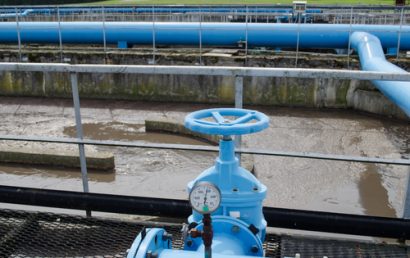Industry Spotlight: Wire Drawing
What is meant by the term “wire drawing”? It is defined as the process of diminishing the diameter of metal by passing (or drawing) it through a series of holes (dies). This result is wire.
Why Is Wire Drawing Used?
Wire has many applications. Some of them are as follows:
- Stringed musical instruments
- Wheel spokes
- Paperclips
- Springs
- Structural components that are tension loaded
- Cables
- Electrical wiring
- And more…
Because the processes are similar, wire drawing is sometimes confused with extrusion. But the processes do differ. In wire drawing, the wire is pulled through the die, rather than being pushed. The process is classified as ‘cold working’ because it is performed at room temperature. However, to reduce forces for large wires, the process can be performed at elevated temperatures.
Dies can be made of a number of materials. Some of these can include the following:
- Diamond – fine wire
- Tungsten carbide – steel wire
- Tool steel – hot drawing
The most common of these are manufactured diamond and tungsten carbide.
Why Use Thermal Spray For Wire Drawing?
Wire drawing machines operate at high speeds. Couple that high-speed with the pressure on wire drawing dies and, due to friction, you have a large amount of heat being produced. Back in days of old, to lower the friction caused during wire drawing, there were two basic solutions (the best they could come up with at the time):
- Slow the drawing machines down – This was unacceptable in most cases because it severely reduced production output.
- Use special lubricants – Between the wire drawing block, the dies, and the moving wire, special lubricants were used. Certain physical limitations were created, however, by this technique.
Enter the thermal spray process! Far better than the previously mentioned solutions, specialized thermal spray solutions can, without presenting limitations or reduction of output, rectify the problem of heat generation.
Other Components in the Wire Processing Industry
The uses of thermal spray coatings are many. Even in just the single industry of wire drawing, the performance of various components can be improved through wear resistant coatings applied through thermal spray. Some of these can include the following:
- Blocks
- Capstans
- Pulleys and annealed pulleys
- Guides
- Rings
- Rollers
- Sheaves
Experimentation with Thermal Spray Coatings
Experimentation led to success where “Wirewear Coating” is concerned. This is a trademarked product derived through an experimental process conducted by A&A Coatings. Abrasion resistant, nonstick, low friction mixtures are used to coat the wire drawing capstans. The coating is not only abrasive resistant but hard, giving the capstan material an improved status. The abrasion resistance speaks for itself, but the hardness of the coating increased hardness in service for the capstan.
And, surprisingly, for a coating material as hard as it is, it also demonstrated impressive elasticity. This was a plus for both reconditioned and new capstans because it allowed for a surface that is virtually crack free.
A & A coatings has been at the forefront of the thermal spray industry for over 70 years. But we do far more than apply thermal spray protective coatings. We also offer machining, lapping, grinding, and other services. You can improve your bottom line by protecting your components, parts, services, and machinery with our thermal spray coatings. Extending the life of your parts and machinery means saving money. Whatever your industry, we have the proprietary coating you need. Contact us today to find out more.
Would you like to know a little bit more about A&A Coatings? Click here.



